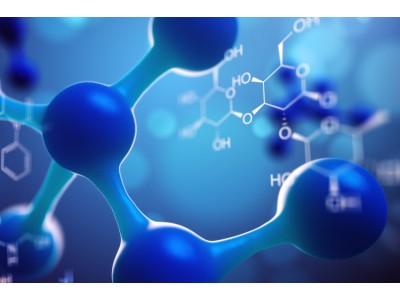| Bioactivity | Proctolin is an endogenous pentapeptide that acts as an excitatory neuromodulator. | ||||||
| Invitro | Proctolin can increase the frequency of action potentials, increase the amplitude of muscle contraction, and initiate activity in quiescent systems[1]. In the arthropods, Proctolin acts as a neuromodulator and possibly as a neurohormone. It does not appear to function as a conventional neurotransmitter[2]. Proctolin is a pentapeptide with the mature peptide of RYLPT, and it is the first insect neuropeptide to be sequenced and chemically characterized. The first identification of a Proctolin precursor gene is CG7105 in D. melanogaster. Although a previous study showed that Proctolin is absent in B. mori, this pentapeptide is recently identified in a proteomic analysis of B. mori wings. However, the Bombyx Proctolin gene does not produce a mature peptide because cleavage sites are not present at the N-terminal and C-terminal of the RYLPT sequence, and a similar gene is observed in C. suppressalis. Therefore, a true Proctolin has been considered to be not observed in B. mori and C. suppressalis[3]. | ||||||
| Name | Proctolin | ||||||
| CAS | 57966-42-4 | ||||||
| Sequence | Arg-Tyr-Leu-Pro-Thr | ||||||
| Shortening | RYLPT | ||||||
| Formula | C30H48N8O8 | ||||||
| Molar Mass | 648.75 | ||||||
| Transport | Room temperature in continental US; may vary elsewhere. | ||||||
| Storage | Sealed storage, away from moisture
*In solvent : -80°C, 6 months; -20°C, 1 month (sealed storage, away from moisture) |
